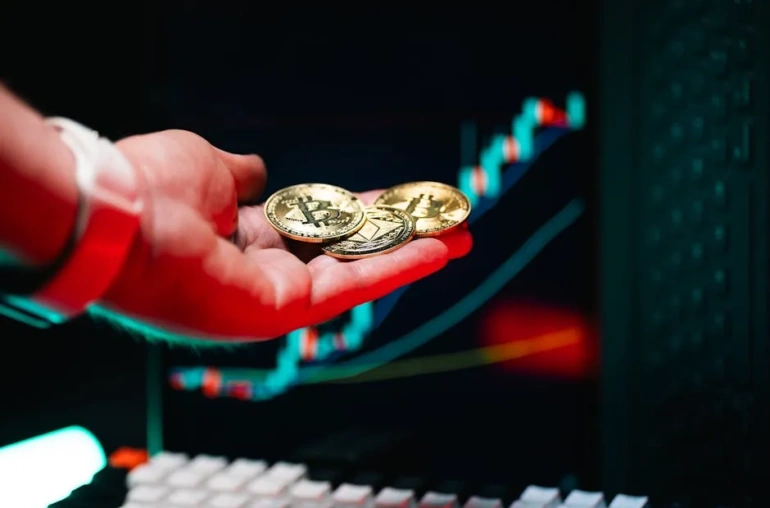
Understanding Bitcoin’s 21 Million Hard Cap: Can It Be Changed?
Bitcoin, often referred to as the flagship cryptocurrency, operates under a strict monetary policy that limits its total supply to 21 million coins. This hard cap is a fundamental aspect of Bitcoin’s design, contributing to its scarcity and value proposition. However, the question arises: can this hard cap be altered? In this article, we delve into the history of attempts to change Bitcoin’s supply limit and explore the reasons why creating an alternative to this apex asset has proven challenging.
The Significance of the 21 Million Cap
The 21 million cap is not just a random figure; it was established by Bitcoin’s pseudonymous creator, Satoshi Nakamoto, as a means to introduce scarcity in a digital asset. Unlike fiat currencies that can be printed at will, Bitcoin’s limited supply is designed to combat inflation and ensure that the value of each coin remains stable over time. This fixed supply model has attracted a diverse range of investors, from individual enthusiasts to institutional players, all seeking a hedge against traditional economic fluctuations.
Attempts to Alter the Hard Cap
Throughout Bitcoin’s history, there have been discussions and proposals aimed at changing its hard cap. Some proponents argue that increasing the supply could help mitigate issues such as high transaction fees or enhance liquidity. However, any attempt to modify the core protocol faces immense resistance from the community, which values Bitcoin’s original design and principles.
One notable instance occurred during the scaling debate in 2017, where factions within the Bitcoin community clashed over how to handle increasing transaction volumes. Some suggested increasing the block size or even changing the monetary policy. Ultimately, these discussions resulted in the creation of Bitcoin Cash, a fork that aimed to address scalability without altering Bitcoin’s supply cap.
Challenges in Creating an Alternative
Creating a cryptocurrency that can rival Bitcoin is no small feat. While there are thousands of altcoins in existence, none have successfully dethroned Bitcoin as the leading digital asset. The reasons for this are multifaceted:
- Network Effect: Bitcoin benefits from a robust network of users, miners, and developers. This ecosystem creates a strong barrier for new entrants attempting to gain traction.
- Brand Recognition: As the first cryptocurrency, Bitcoin has established itself as a trusted store of value. Newer projects often struggle to build the same level of trust.
- Decentralization: Bitcoin’s decentralized nature makes it resistant to changes that could undermine its integrity. Any attempt to alter its fundamental characteristics could lead to a loss of community support.
The Future of Bitcoin’s Hard Cap
As it stands, the likelihood of changing Bitcoin’s hard cap remains slim. The community’s strong adherence to its founding principles suggests that any proposals to modify it would face fierce opposition. Instead, the focus may shift toward improving Bitcoin’s infrastructure, such as enhancing transaction speeds or lowering fees through layer-two solutions like the Lightning Network.
In conclusion, while discussions about altering Bitcoin’s 21 million hard cap are likely to persist, the consensus within the community leans toward preserving its original design. The challenges of creating a viable alternative only reinforce Bitcoin’s position as the apex asset in the cryptocurrency space. As we continue to navigate the evolving landscape of digital currencies, Bitcoin’s hard cap will remain a critical component of its identity and value proposition.



